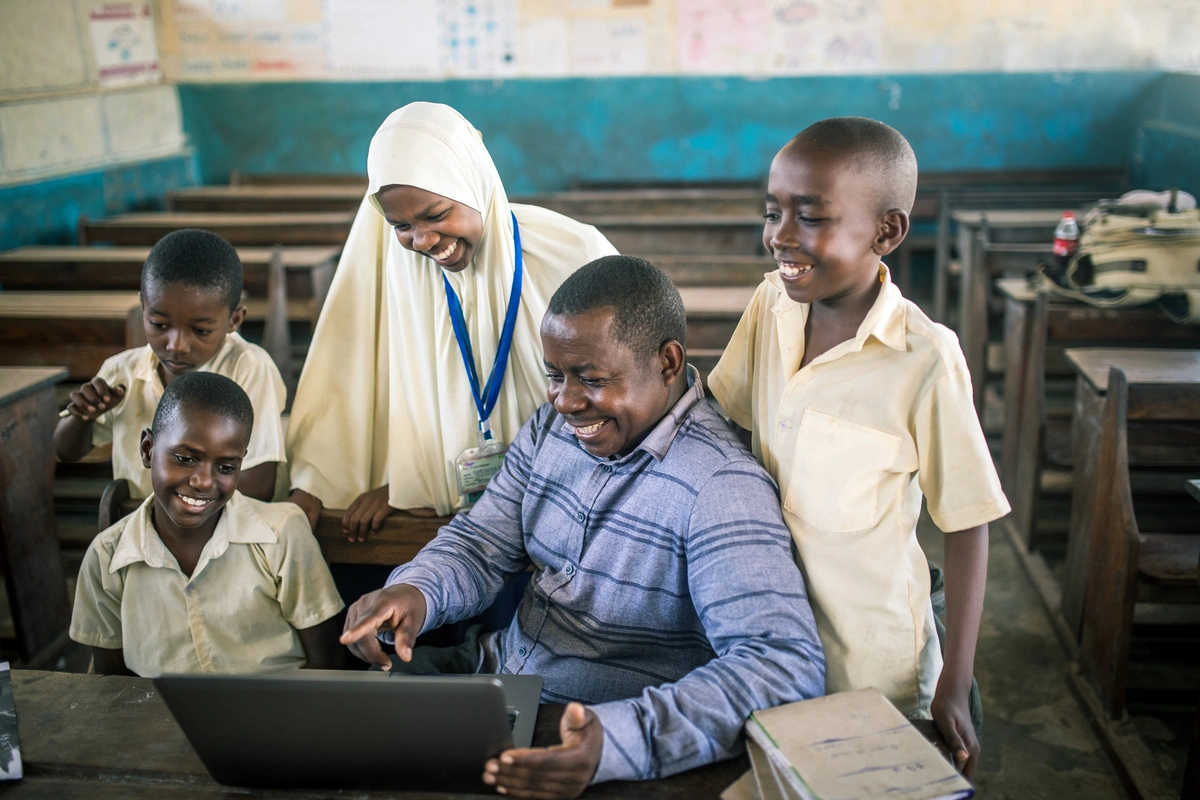
There are limits to how technology can be used in education. Nevertheless, technology is being used to create improvements across low- and middle-income countries (LMICs).
It takes investment, but technology can be used to improve education in a variety of ways. From supporting school infrastructure development, to helping teachers reach the schools where they are needed most, there are many innovative ways technology can be used to benefit LMICs.
Promote e-learning platforms and teleschooling
Applicable for all stages of education, there are many apps helping to educate children in LMICs. Where children have internet access, thousands are benefitting from cartoon-based mobile apps, video lessons, interactive exercises, live teacher lessons, story-based instructional content, and digital textbooks. These can help to improve education outcomes in core subjects such as maths, science and languages.
Often enabling students to self-learn at any time, in any place, for any duration, online education can provide children with a flexible learning model. This is also taking place at the higher education level, with individual apps in Pakistan being used to provide hundreds of thousands of students with interactive video lectures.
Improve school infrastructure
Some LMICs are using technology to identify abandoned buildings and land that could be transformed into schools. Governments have done this by setting up digital profiles that record land transfers and follow school construction. This then allows education officials to track progress.
Large-scale surveys are being used in the process to gather geospatial data, which is a cost-effective process. These surveys are particularly useful for locating areas with a lack of schools. This data can then be used to identify areas where there are few or no schools, where there are often many out-of-school children. Using technology is an effective way of minimising these gaps in education opportunities across LMICs.
Implement school monitoring
Rigorous online monitoring is used in some LMICs to bring about continuous improvement in school performance, based on real-time data. Apps can be used to track teacher attendance. This helps ensure that teachers are maintaining attendance in areas where children may have no other education outlets. Children may not even have access to the internet at home. Where there is limited internet access at school, apps can still work offline, and upload the information tracked once network access is reached.
Technology is already being used to improve education in some LMICs. As well as improving existing schools and teaching standards, technology is also enabling new schools to be built. Often in areas where children previously had little access to education, technology is providing greater opportunities to children who previously had little hope for a bright future.


